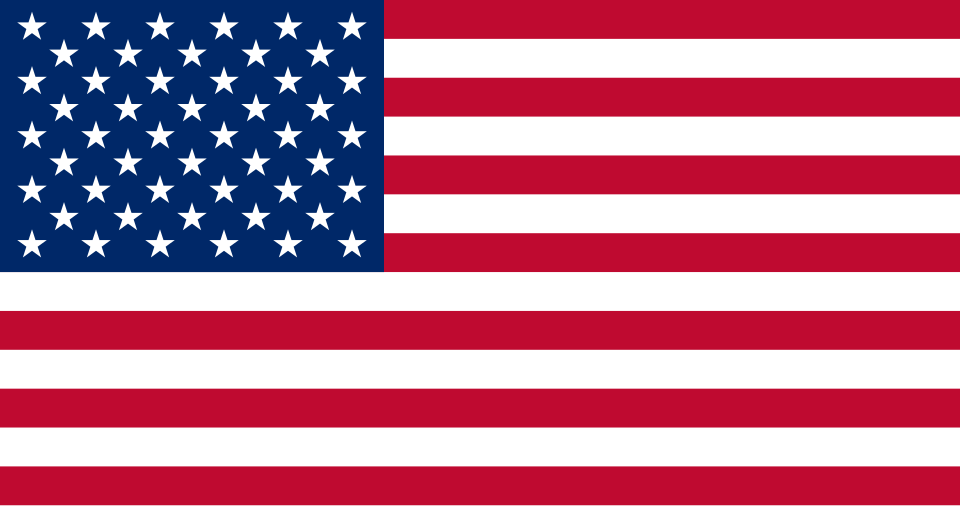
TL;DR
Emu 3.5 has set a new benchmark in text-to-image generation by delivering remarkably accurate text rendering, superior visual narrative capability, business-friendly implementation, and blazing-fast output, making it a game-changer for brands and creators.
ELI5 Introduction: Emu 3.5 and The Magic of Multimodal AI
Imagine telling a robot, “Draw me a cat sitting on a red chair with the words ‘Hello World’ on the wall.” Emu 3.5 is a special kind of smart robot that hears your instructions—not just pictures, but words too—and brings them to life in amazingly real images, almost like magic. It understands both what you say and what you show it (like a sketch or photo), so you can create and edit pictures that look like you dreamed them up yourself.
Emu 3.5 is good at making sure words in the images look correct and readable, which most art robots mess up. It’s also super fast, smart at following detailed instructions, and can work on many types of creative and business tasks, from making cool ads to helping designers brainstorm new products.
Deep Dive Analysis: The Emu 3.5 Revolution
Emu 3.5 Architecture and Capabilities
Emu 3.5 is a truly native multimodal AI model: it seamlessly understands and generates both text and images, tackling everything from straightforward prompt-based image creation to advanced tasks like transforming sketches into realistic visuals, editing product photos, and turning hand-written notes into polished slides.
Key enhancements include:
- Breakthrough Text Rendering: Former models made text look wobbly or unreadable; Emu 3.5 achieves industry-leading sharpness, even in mixed-case or complex layouts.
- Visual Narrative and Temporal Consistency: It can generate coherent image sequences for storytelling, educational content, or step-by-step procedures, maintaining style and logic between frames.
- Broad Input Support: Not limited to text prompts, Emu 3.5 works with sketches, reference photos, or even combinations—enabling precise creative direction and cross-modal editing.
- Speed and Efficiency: Thanks to its Discrete Diffusion Adaptation, it can generate images much more quickly than previous large models, with desktop outputs under several seconds, which is key for creative and commercial use.
- Open-World Manipulation: Users can freely edit or simulate scenes by guiding the model beyond simple descriptive tasks, making it suitable for interactive applications and design explorers.
Market Analysis: Emu 3.5’s Impact
The AI image generation landscape has rapidly shifted from basic art toys to robust business accelerators, directly influencing marketing, commerce, and product development. Emu 3.5’s advancements address previous pain points by:
- Enabling high-fidelity, brand-safe content creation that reduces dependency on stock photos and manual retouching.
- Increasing creative agility by making rapid testing and adaptation possible for advertising and social content.
- Lowering the technical barrier so that non-experts, such as marketers or product managers, can direct sophisticated visual assets with natural language alone.
Recent case implementations demonstrate that Emu 3.5 can condense tasks that used to take hours or days (like ad design iteration, product prototyping, or pitch deck visual builds) into mere minutes, directly improving productivity and time-to-market.
Performance and Featured Snippet Insights
Text Rendering and Layout Strengths
Emu 3.5 has been measured against top competitors, such as Gemini 2.5 Flash. Its text rendering is more accurate, producing crisp, legible titles and labels at standard and close-up resolutions. Prompts requesting multi-column layouts, posters, and branded assets are handled with impressive layout fidelity, reducing the need for manual editorial tweaks.
Longer, paragraph-sized chunks of text may still merge or blur at small scales, a known limitation. But for headers and short information blocks, it leads in reliability.
Visual Quality and Consistency
Professional users note that Emu 3.5 manages lighting, materials, and stylistic consistency exceptionally well. Photorealistic prompts are reproduced with nuanced shadows, textures, and color accuracy, especially when using clear scene and technical descriptors. Reference-driven style matching empowers brand and design teams to anchor visual identity across multiple assets.
Multimodal Integration and Open-World Use
Unlike category-restricted models, Emu 3.5 moves beyond one-shot image creation. It accepts image inputs, such as wireframes or product sketches, to guide compositions. This allows for model-driven, human-refined editing loops, key for marketing, UX, and product teams running iterative concept sprints.
Implementation Strategies: Getting the Most From Emu 3.5
Prompt Engineering for Superior Results
- Be Specific and Structured: Clearly define subjects, desired styles, camera angles, and lighting conditions. For text, place instructions (e.g., “Label: Wellness”) at the end of the prompt or in quotes to nudge the model for precision.
- Leverage Reference Inputs: Feed “golden” brand photos or mood board images to lock color, mood, and perspective across variations.
- Start Simple, Refine Iteratively: Use a two or three-pass workflow, first setting the composition and lighting, then edge detail, then applying subtle texture or grain to reduce the “AI look.”
- Bracket Text Tasks: For images with prominent words, short labels (3–8 letters) yield better results than paragraphs.
- Guide With Technical Cues: Specify materials (“matte ceramic mug,” “brushed aluminium”) and time of day (“golden hour,” “backlit”) rather than long subjective adjectives.
Production Integration Tips
- Track Settings for Reproducibility: Save seeds, prompts, and model configurations per project to ensure consistent output for future revisions or scaling.
- Color Management: Output files in sRGB and soft-proof before printing for accurate color reproduction, especially for physical marketing assets.
- Check Platform Policy and Privacy: Ensure compliance with image use, likeness, and client data handling policies, as model outputs may be stored or processed externally.
Actionable Next Steps
- Audit Creative Workflows: Identify current bottlenecks in your image production, from ad creation to UX design, and map potential AI touchpoints.
- Pilot Emu 3.5 on Target Projects: Start with a high-iteration need, such as campaign variants or early concept designs, to assess ROI.
- Upskill Your Team: Provide basic prompt engineering and AI image literacy to design and marketing teams to maximize value extraction.
- Establish Governance: Implement usage guidelines for brand safety, privacy, and responsible AI principles specific to your organization.
- Track Results: Monitor output quality, creative velocity, and business impact compared to baseline processes, then expand deployment based on data-backed wins.
- Formalize Reproducibility: Develop an asset management system for seeds, prompts, and AI-generated deliverables to ensure version control and continuity as projects scale.
Conclusion
Emu 3.5 signals a new era in text-to-image AI, delivering clean, readable text, robust image generation, and new possibilities for cross-modality content creation. For businesses, marketers, and creators, the model offers a practical leap, streamlining visual asset development, amplifying creativity, and opening doors to advanced storytelling and product simulation. By following data-driven implementation strategies and embracing best practices, organizations can embed Emu 3.5 into their digital transformation journeys and unlock real competitive advantages.
 USD
USD  Swedish krona (SEK SEK)
Swedish krona (SEK SEK)




















